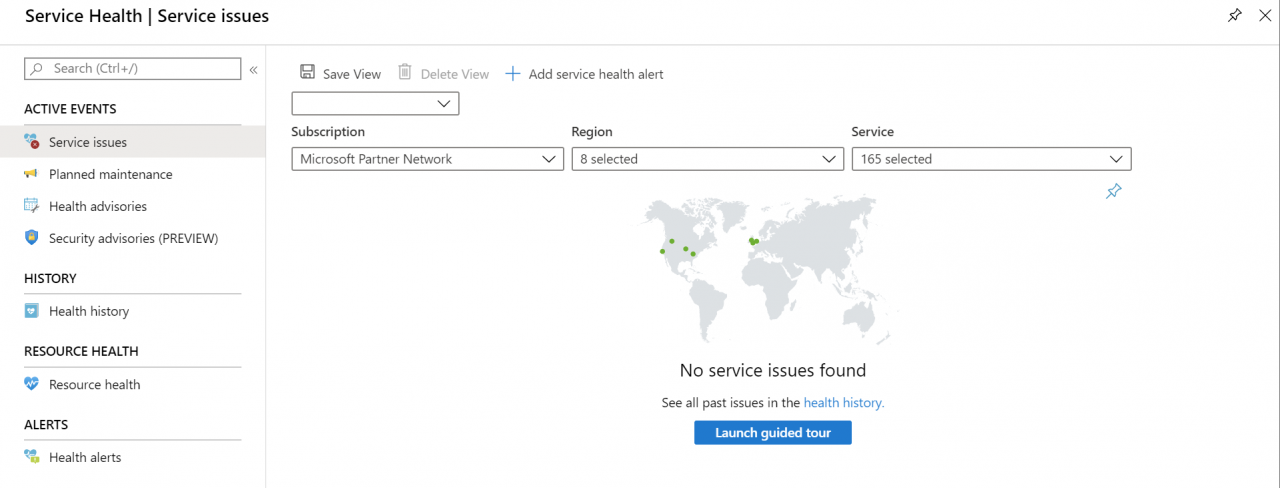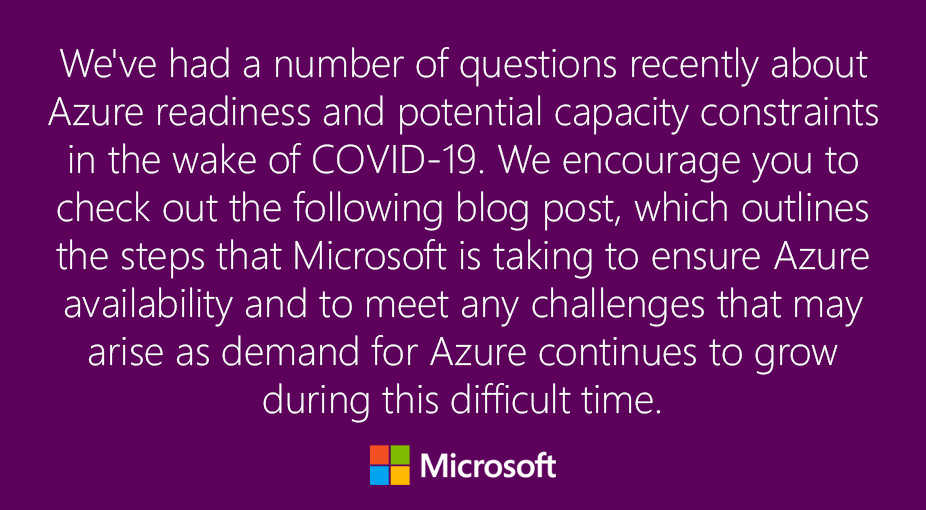Microsoft Azure European Regions Starting to Hit Capacity Limits
Mary Jo Foley reported for ZDNet March 24th that some Azure customers were experiencing problems starting virtual machines (VM) in several European regions. Foley quoted several Twitter users who had reported issues. In a response to a tweet made to @AzureSupport, @davelee212 said:
I’ve seen similar things on a few subscriptions across UK South, UK West and North Europe regions today. Nothing on the Azure Status page but we did have a notification in the Service Health on one of the Subscriptions to say there may be provisioning issues due to capacity.
Another Twitter user, @teroalhonen, wrote that when starting a VM, he received the following error message:
Failed to start virtual machine Error: Allocation failed. We do not have sufficient capacity for the requested VM size in this region.
The issues appears to be affecting West Europe, North Europe, UK West, and UK South regions. While the Azure status page wasn’t showing any problems, some users received notifications in the Service Health Dashboard. Checking my own Service Health Dashboard today, it doesn’t show any issues for the regions that were apparently affected. Searching the dashboard history also didn’t turn up issues in the last week.
Keep critical virtual machines allocated
Petri’s Aidan Finn wrote on Twitter that Microsoft had decided to ‘turn off cost-saving partial usage so business critical systems are available when they are needed.’ Finn recommends keeping VMs allocated to ensure you have access to Azure resources for critical business operations.
Using scheduled VM start/stop to save money in #Azure? Turn it off now – keep VMs allocated & your hands all over those CPUs while there are resource constraints.
An article Microsoft published on March 21st, which you can find in its entirety here, stated that Microsoft Teams, and other critical operations would be prioritized.
As demand continues to grow, if we are faced with any capacity constraints in any region during this time, we have established clear criteria for the priority of new cloud capacity. Top priority will be going to first responders, health and emergency management services, critical government infrastructure organizational use, and ensuring remote workers stay up and running with the core functionality of Teams. We will also consider adjusting free offers, as necessary, to ensure support of existing customers.
@AzureSupport posted an update to the article on March 24th, saying that after receiving questions on Azure readiness and capacity issues, that customers should check out the post from March 21st.
Additional capacity
Foley also reported that last fall, U.S.-based Azure customers, particularly in the East US region, said they also faced capacity problems when starting VMs. Microsoft Executive Vice President of Azure Jason Zander told Foley at the time that capacity was always being added.





